Home » Posts tagged '#outofeden'
Tag Archives: #outofeden
Blog Post 10-Tatianna Competello
This week we are working on the topic Out of Eden Walk. This is a website with multiple chapters and it is actually very interesting. But some may wonder what is the Walk Of Eden? According to the website https://www.nationalgeographic.org/projects/out-of-eden-walk/, it states how this walk was completed by, Paul Salopek’s It was a 24,000-mile odyssey is a decade-long experiment in slow journalism. Moving at the beat of his footsteps, Paul is walking the pathways of the first humans who migrated out of Africa in the Stone Age and made the Earth ours. Along the way, he is covering the major stories of our time—from climate change to technological innovation, from mass migration to cultural survival—by giving voice to the people who inhabit them every day. His words, as well as his photographs, video, and audio, create a global record of human life at the start of a new millennium as told by villagers, nomads, traders, farmers, soldiers, and artists who rarely make the news. In this way, if we choose to slow down and observe carefully, we also can rediscover our world.

The first chapter I am covering is Chapter 3: Autumn Wars–
This chapter explains what happens when you become a war refugee. This leads you to walk everywhere. This chapter states how In southern Turkey, one of the oldest farmed landscapes, Salopek meanders through pistachio orchards, Bronze Age ruins, and walled medieval cities. And he walks into one of the greatest humanitarian catastrophes of our time: tides of refugees from Syria’s civil war. Turning northeast, he passes through tense Kurdish villages en route to the Caucasus Mountains and a frigid crossing into Georgia—an oasis of stability in a turbulent region. From the capital, Tbilisi, Salopek sprints through Azerbaijan to the shore of the Caspian Sea. Central Asia and the ancient Silk Roads beckon. I think it is really cool that we can take a virtual tour with every milestone Paul came across at the time and be able to see the whole view of the exact place he was in as well.
When I looked more into this chapter on the website I was able to see the destinations that were crossed during the time of this chapter. For this chapter, he begins his journey on June 25th, 2014. He was in Limassol, Cyprus. Paul explains what Cyprus was like in such words, “Smooth, flat asphalt, and not a soul on foot. “Such is the inward loneliness of Europe.” Then on July 16th in the same year, Paul crossed over to Mersin, Turkey. Paul strikes out across Anatolia with a professional tour guide and a recalcitrant 22-year-old mule. Now on July 31st, 2014 Paul hit his twentieth milestone. This was one day 532 of the journey and he hit 1,900 miles.

The next Milestone that was established in this chapter is Milestone 21: Cyprus. This was one day 548 and the mile reached was 2,000. This is an interesting piece of what Paul had to say about his time at Cyprus, “The iron ship docks with a clang. There are beaches slathered with baking Russians, baking Brits. Then a port city. Then a checkerboard of olive groves, of yellow hay fields. Empty chalk roads that burn out the eyeballs. Boarded up villas. (The global banking crisis hit hard.) Marooned villages. Old Byzantine churches. The racket of cicadas only ratchets up the heat. Carob trees throw lead-colored shadows. Up in the dry hills above Pyla, an Indian tractor driver points the way north to the Turkish enclave. Sitar music twangs from his earbuds. Another new arrival. He turns soil that has been plowed for 9,000 years yet still gives. It has always been this way in Cyprus.” You can click here for the article.

The next milestone that was discovered in this chapter is Milestone 22: Back and Forth. This goal was reached on the day of 532 and mile 2,100. This milestone aboard THE M/F Bozcaaada Ferry, at the Mediterranean Sea. The video I listed below takes you on a virtual tour with the sound of the sea, and at a beautiful time of the day. Although there is one more goal to this chapter I thought the three that I chose were the most interesting to me.
Chapter 2: Holy Lands-
This chapter took place from May 2013 until July 2014. In this chapter we see Paul go from the desert expanses of the Arabian Peninsula, the walk heads north into holy lands that seeded the three great monotheistic faiths. In this chapter, we read about Sami’s World. As stated in the article Sami Nawar is the director of Al Balad, Jeddah’s famous historic district. He’s a compact, friendly, indefatigable man with 1,001 plans, schemes, projects, ideas. “This is the only city on Earth with this claim,” Sami says.
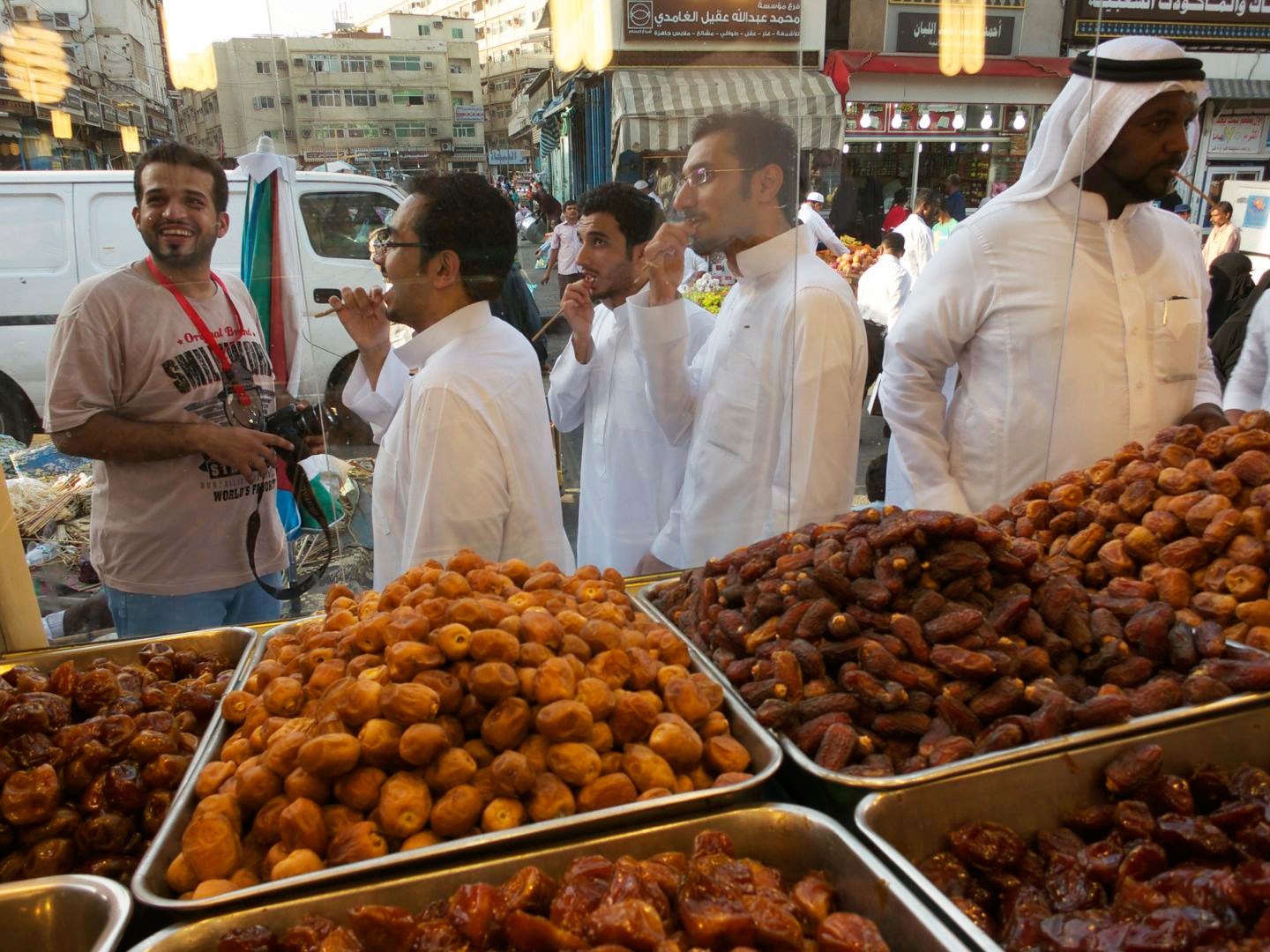
The author of this article wanted the audience to see that he came to Jeddah, Saudi Arabia looking for Eve’s grave. Paul did everything he could in his power to find this grave. There were many milestones and goals reached along the way. In the video below Sami gives the audience a quick rundown of why he is going on this journey and educates other people watching this video.
The last chapter I am covering is Chapter 5: Riverlands–
This chapter took place in Pakistan, India. The dates this chapter took place are February 2018 until October 2021. In this chapter we see Paul navigating a maze of waterways across fertile South Asia, the walk traverses an emerging center of global power. In this chapter, I deiced to cover the part about Gold Nomads of the Karakoram. Paul says Rivers in the glacial valleys of the Karakoram, the towering mountains of northern Pakistan, swirl ice cold and the color of slate. Along the banks of some of these remote waterways, patchwork tents huddle like flotsam. Inside the tents live nomad families who wander from current to current, panning the dark sands for glints of gold. These are the Stonewall.
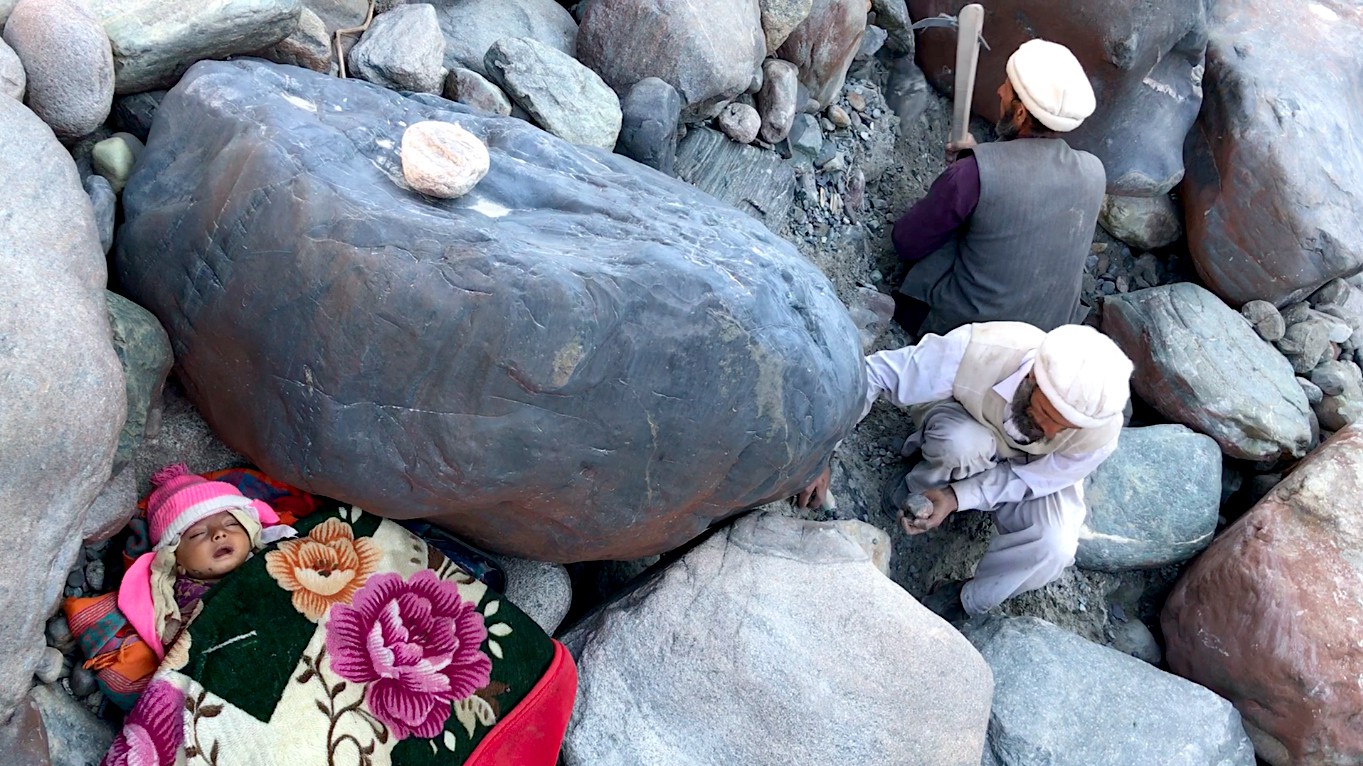
The video I embedded below shows the living conditions, Paul lived in for the time he was in Pakistan. Along with how the people from Pakistan lived every day. It is sad to see how some of the children live in these conditions. No evidence links the Sonewal to the Roma people, as Brown suggested. But they still roam as before. Few of the surrounding townspeople marry into their ranks. Their children remain mostly uneducated.
National Geographic: Out of Eden Walk
By: Dara Sborea
This week, we are exploring journalist Paul Salopek’s 24,000 mile journey, titled “Out of Eden Walk.” The idea was to follow the path out of Africa to other lands, just as our earliest ancestors did tens of thousands of years ago.
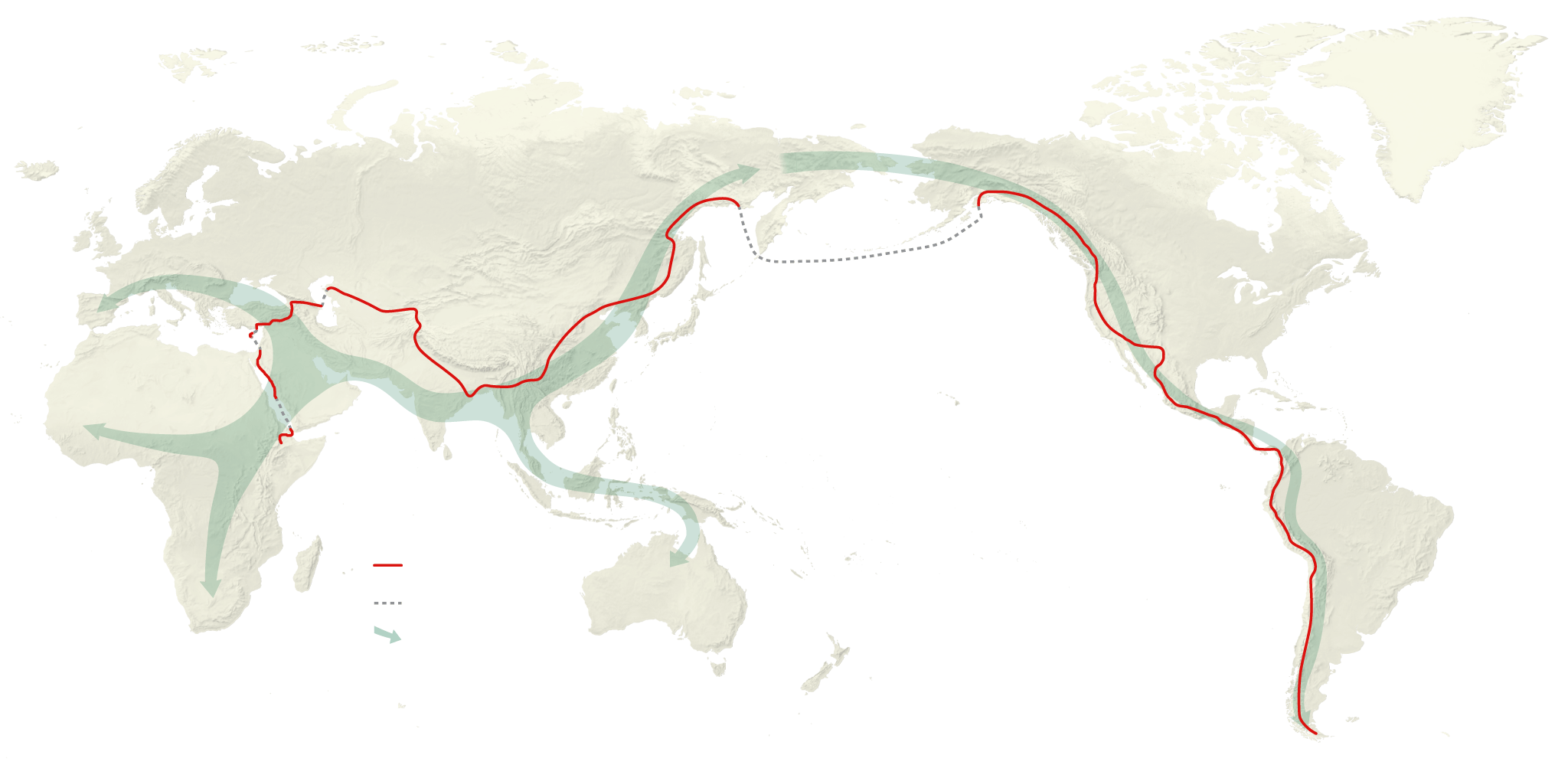
Salopek wanted to slow down so we can rediscover our world, on foot. His idea was to highlight the people and events along this journey that wouldn’t normally make the news. In this post, I will discuss three of destinations from the walk, but I highly suggest you take a look at Salopek’s journey for yourself.
Salopek begins where humankind began, in Africa. In the Great Rift Valley, which Salopek describes as an inhabited wilderness, he encounters Ahmed Alema Hessan, a leader of a clan of the Afar people. Hessan hasn’t driven camels in 30 years, but in this region, there is plenty of help as Salopek and Hessan walk and talk. Salopek describes the people who come and go along this part of the route as engaging in a public conversation, just to vanish into the horizon once their part is done.
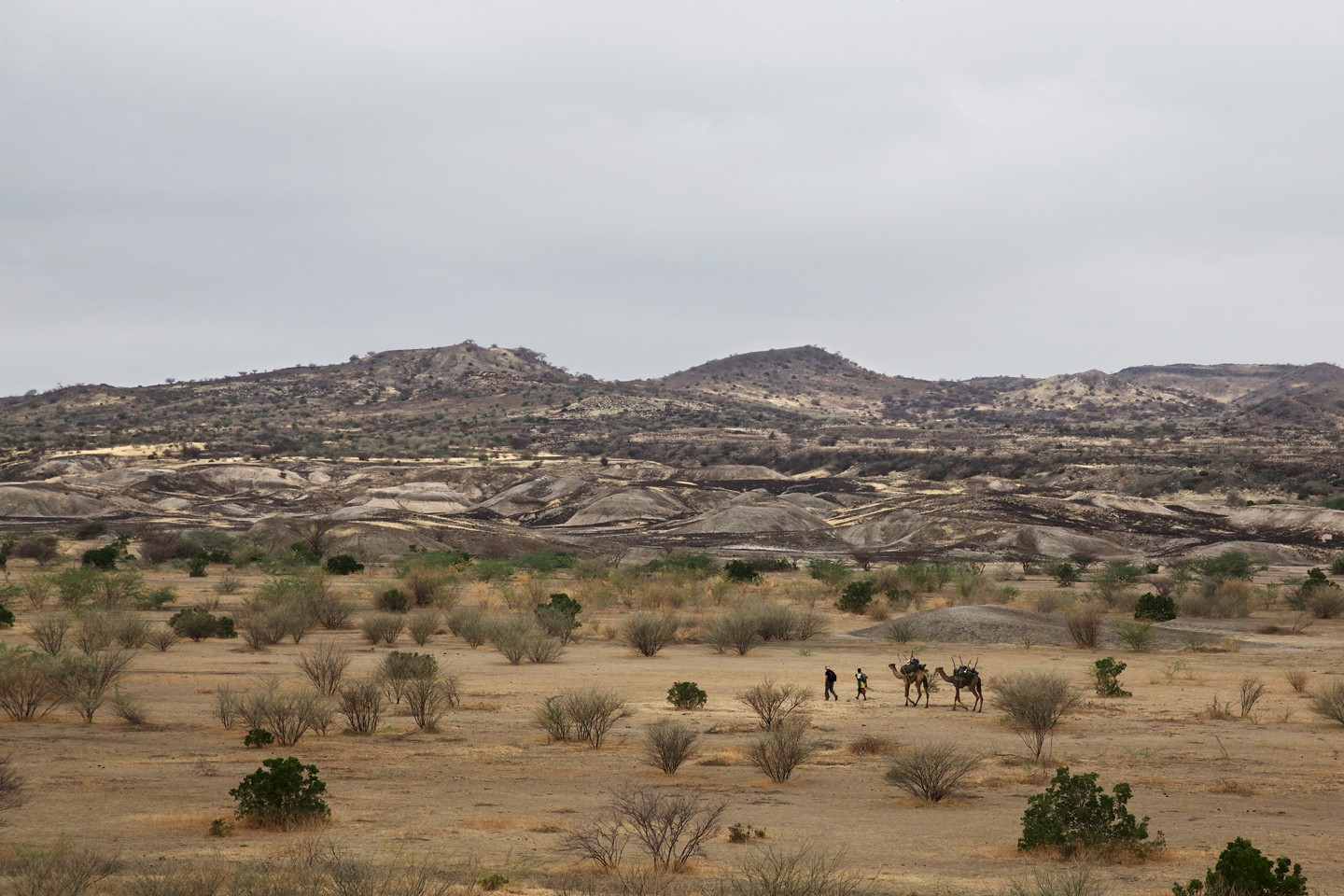
For a significant part of Salopek’s journey, he travels along the Silk Road, which was a network of trade routes that connected China and the Far East with the Middle East and Europe.
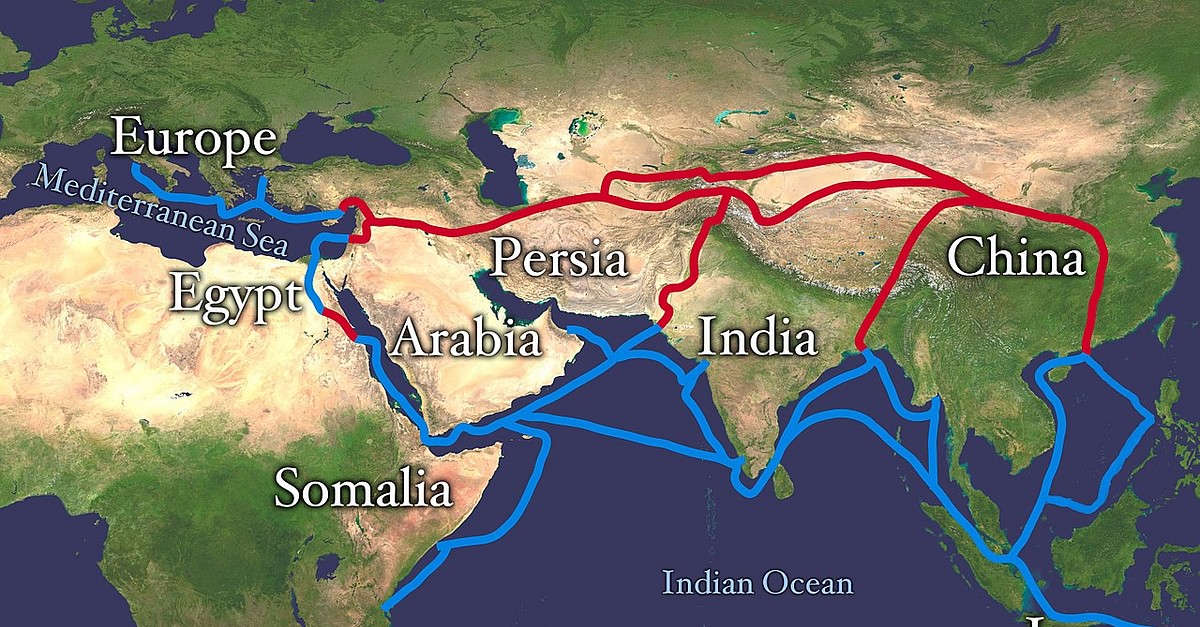
Horses were first domesticated in Kazakhstan, which means the first cowboys were there too. Salopek decides to look for a horse here to use as a pack animal. He is committed to completing his journey on foot, or by boat when required. As it turns out, while Kazakhstan’s citizens cling to their heritage with horses, few have seen or touched a live horse. Salopek does manage to find a horse breeder, and a horse is eventually delivered to him, but it’s likely not the one Salopek chose.
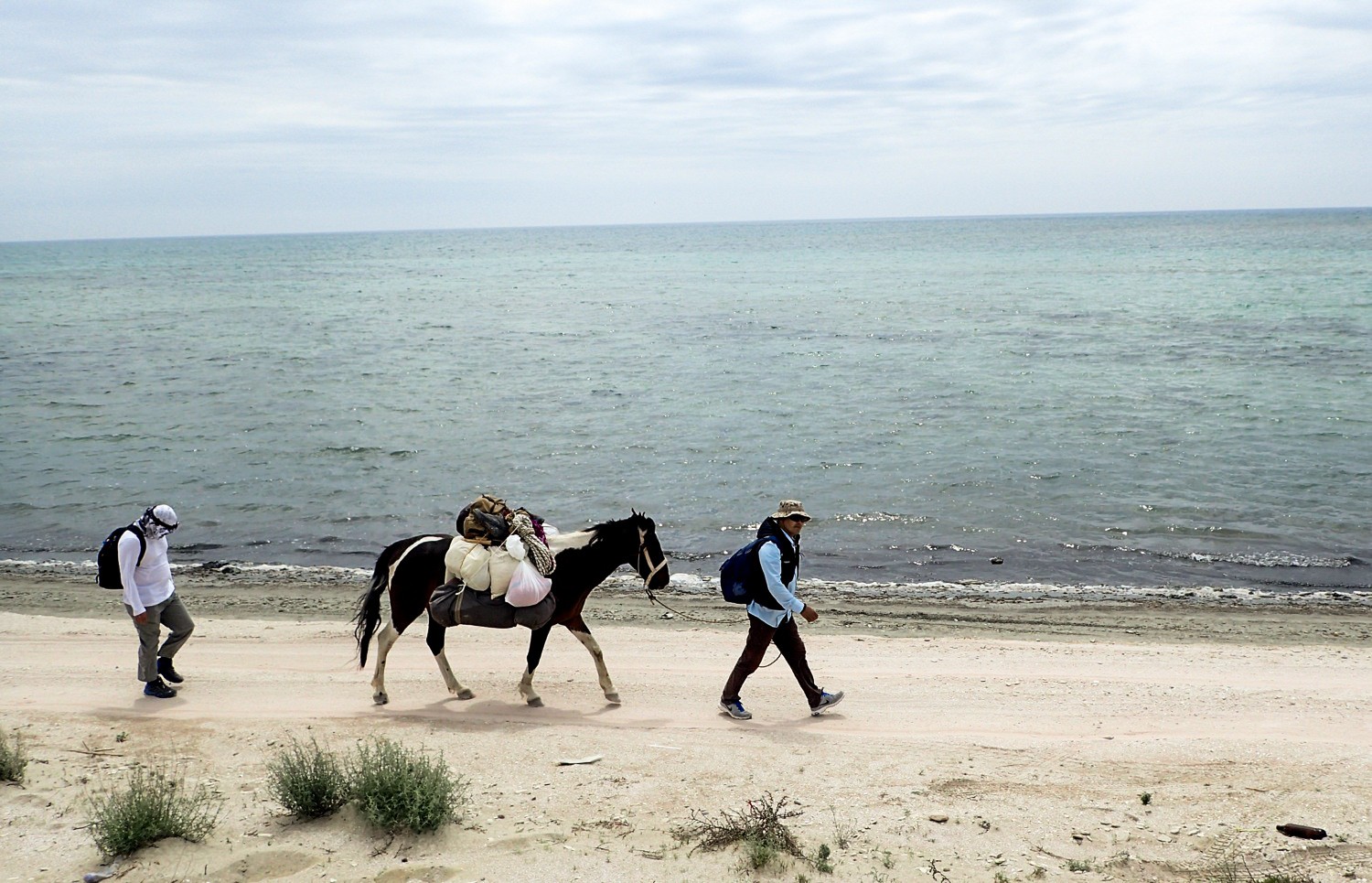
Unfortunately, Salopek’s trek was sidelined for a significant amount of time because of the Covid-19 pandemic. He has, however, resumed his journey and as of earlier this month (November 2021), he was in China’s biodiversity hotspot situated in the Gaoligong Mountains, near China’s border with Burma. To give you an idea of the massive biodiversity of the area, there are about 5,000 species of plants, 700 species of animals, and 1690 different insects! Several new plant species are discovered in the area each year. Salopek reminds us that while we were all focused on the climate change summit in Glasgow, the United Nations 15th biodiversity conference was held in China this year, and it was equally as important as the climate change summit.
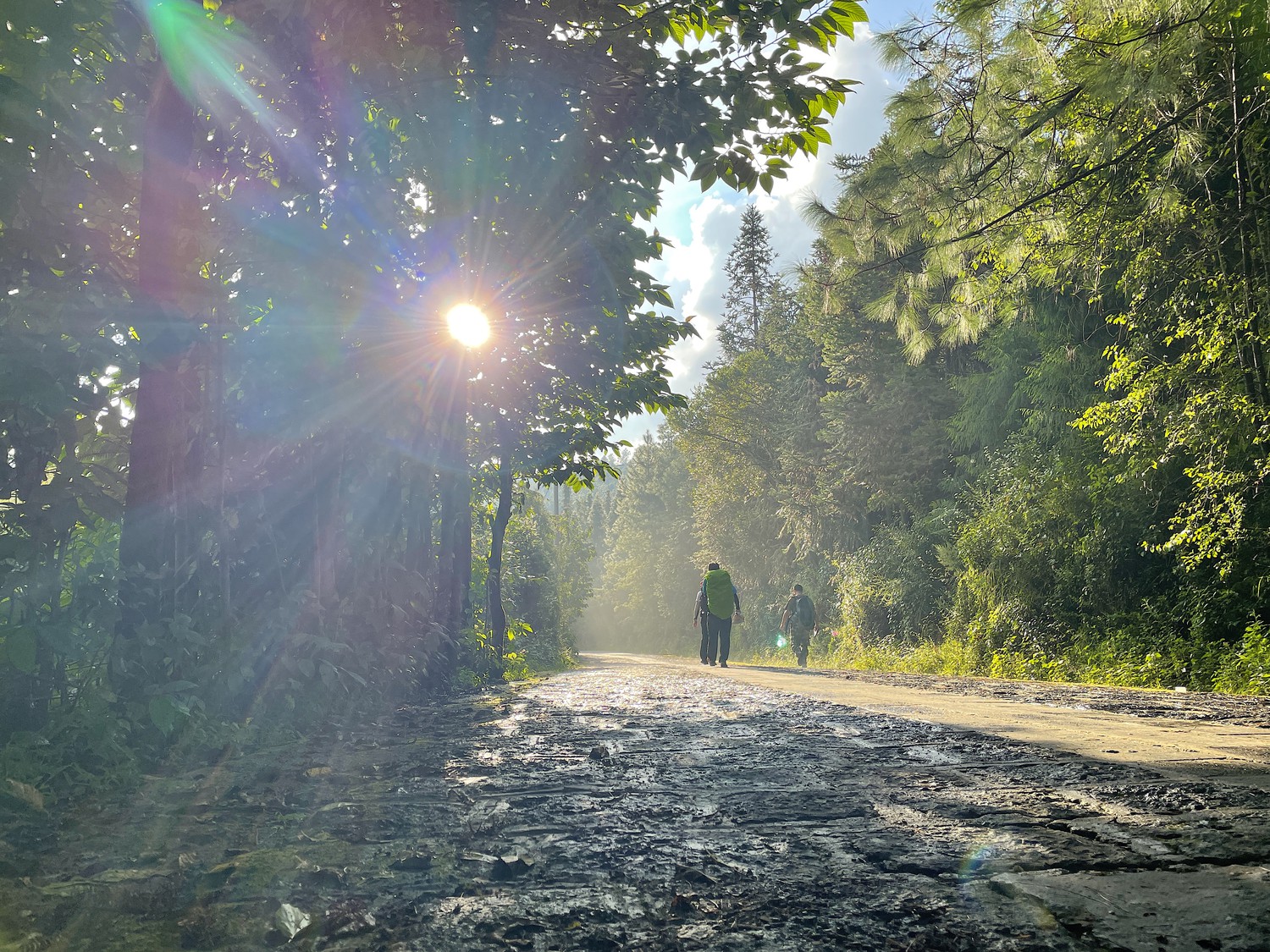
The Out of Eden Odyssey

Paul Salopek, a journalist though National Geographic, orchestrated a 24,000 mile journey of journalism. This journey, called Out of Eden, was a ten year long experience where Salopek traveled from Africa on the path of the migration of human life.
In this blog, I will be choosing three magnificent places throughout Salopek’s journey that really caught my attention- the first place being Israel, specifically Jerusalem. Jerusalem holds so much historical beauty, especially in the realm of religion. On this virtual journey, every viewer has the opportunity to take a “walking tour” of Paul Salopek’s pathway through Jerusalem and see his adventure.

The next place on Paul Salopek’s journey that caught my attention was Jordan. Jordan, like Israel, holds historical and religious significance. The specific area within Jordan that held my interest was Gohr Al Safi. This location is featured in the article Shards. Gohr Al Safi is home to the ruins of the Christian Monastery that belonged to Lot, a righteous man of God. This monastery is located at the lowest point of the world: 1,378 feet below sea level. The article shares that there are many mosaic restorers that spend their days trying to piece back together the monastery. This is amazing because it shows that there are people that deeply care about the historical and religious significance of this place and that they hold it in high esteem.

Faridcot, Punjab, India was my third place of interest. The article, Walking Through a Youthful Exodus in India, brings up a very intense issue in rural India- the need for escapism. To my surprise, Salopek shares that most drug abuse in India is in rural communities and that 70 percent of drug abusers come from rural backgrounds. That is certainly not the case in America, as the opioid epidemic is rampant within urban areas and less prominent (but still very existent) in rural communities. Drug abuse is not the only form of escapism that plagues the people of Punjab, the dire yearning to literally escape and leave their country is a relevant form of escapism as well. Tens of students every day would approach Salopek to practice their English skills. This English skills need to be proficient in order for these students to gain visa access and emigrate. This article was very interesting, but it is always disheartening to hear of devastating living conditions and what people in those areas need to do/ feel the need to do in order to escape and be free.

This Out of Eden experience was very informative and incredible. It is always important to be aware of the things that are going on around the world, for these nations, though they are far, are homes to our brothers and sisters. The Out of Eden walk speaks light into culture, social issues, history, and so much more. Check it out for yourself, it is worth it.
Diane Hoffman
Recent Comments